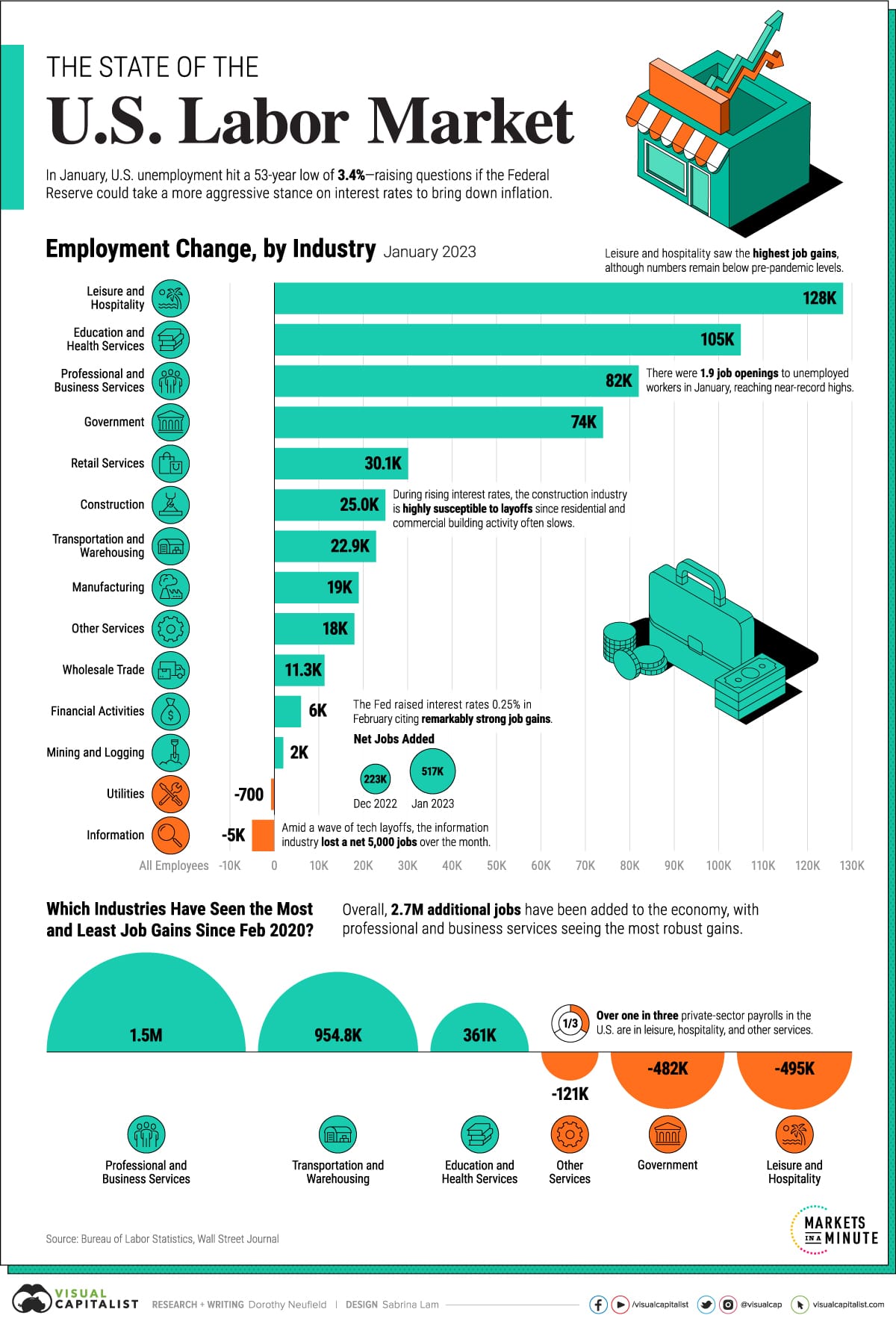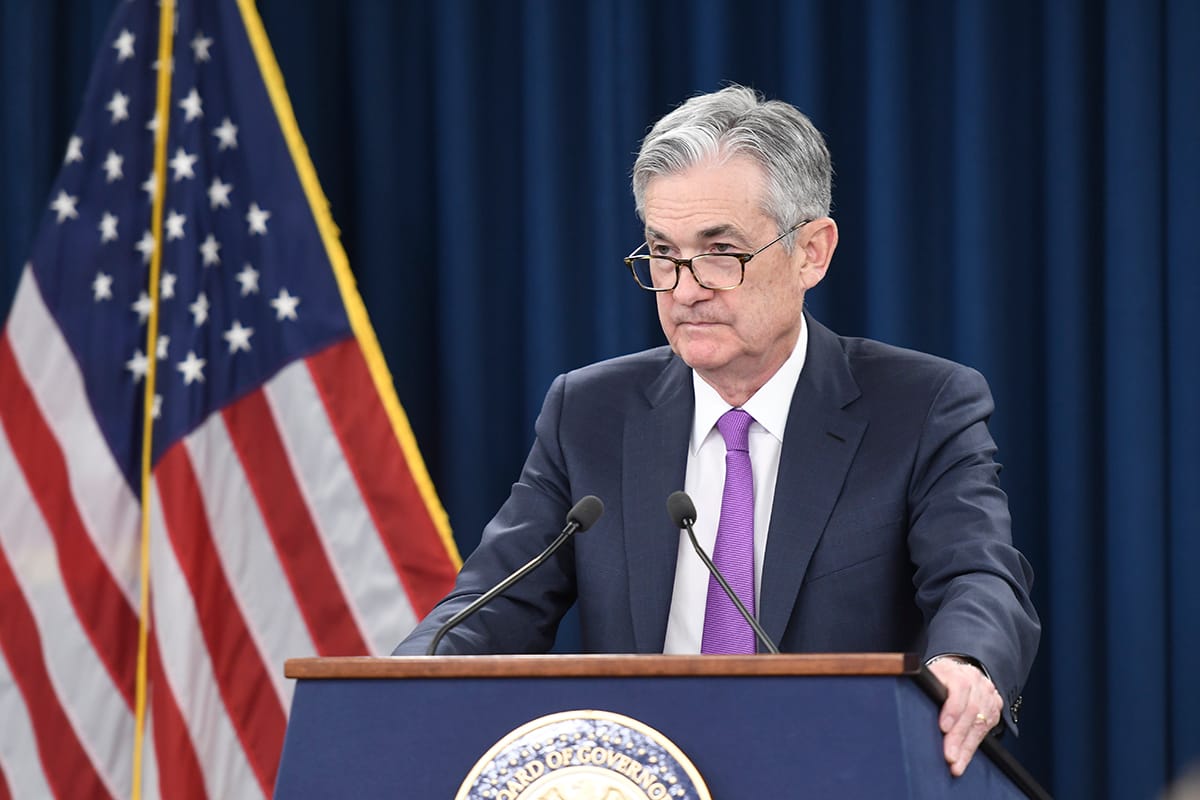In recent reports, aides associated with former President Donald Trump have begun discussions regarding a dramatic overhaul of banking regulations in the United States, including the controversial proposal to abolish the Federal Deposit Insurance Corporation (FDIC). The FDIC, established in 1933 following the Great Depression, plays a critical role in maintaining public confidence in the U.S. financial system by insuring deposits at member banks and protecting consumers from losses due to bank failures.
The discussions come amid a broader push for deregulation that seeks to reduce governmental oversight of the banking sector. Proponents of such measures argue that reducing regulatory burdens can encourage economic growth, enhance competition, and foster innovation within the financial services industry. However, critics have raised concerns that dismantling regulatory frameworks could lead to increased risks, potentially undermining the stability of the financial system and exposing consumers to greater vulnerabilities.
The FDIC has been a cornerstone of the U.S. banking system for nearly 90 years, providing insurance for deposits up to $250,000 per depositor per insured bank. This insurance serves as a safety net for consumers, ensuring that their deposits are protected in the event of a bank failure. Since its inception, the FDIC has played a vital role in maintaining depositor confidence and preventing bank runs, which can destabilize the entire banking system.
The potential abolition of the FDIC has raised alarm among financial experts and consumer advocates, who argue that removing such a protective measure could lead to a loss of consumer trust in the banking system. In the absence of deposit insurance, customers might be less likely to deposit their money in banks, opting instead to store their wealth in less secure alternative investments. This shift could have far-reaching implications for bank liquidity and the overall economy.
In addition to the proposed abolition of the FDIC, discussions among Trump aides reportedly include other significant changes to the banking regulatory framework. These may encompass alterations to capital requirements, stress testing procedures, and the overall approach to supervision of financial institutions. The aim appears to be to create a more business-friendly environment that proponents believe would stimulate growth and investment in the banking sector.
However, history has shown that deregulation can have unintended consequences. The 2008 financial crisis, which was largely precipitated by lax regulations and oversight, serves as a stark reminder of the potential pitfalls associated with reducing regulatory safeguards. The crisis led to widespread bank failures, significant taxpayer bailouts, and a prolonged economic recession, underscoring the importance of a robust regulatory framework to ensure financial stability.
As discussions continue, financial institutions are closely monitoring the situation, weighing the potential impacts of such deregulation on their operations. Some banks may view the proposed changes as an opportunity to enhance profitability and expand their services, while others may express concern over the potential risks associated with reduced oversight.
Consumer advocacy groups have also been vocal in their opposition to the proposed changes, arguing that the loss of the FDIC could disproportionately affect low- and middle-income families who rely on federally insured banks for their savings. These groups contend that a strong regulatory framework is essential to protect consumers, particularly in times of economic uncertainty.
In the midst of these discussions, it is important to consider the broader implications of banking deregulation on the overall economy. A well-regulated banking system is often seen as a critical component of a healthy economy, facilitating access to credit, promoting investment, and enabling economic growth. Conversely, a system lacking adequate oversight may lead to increased risk-taking by financial institutions, potentially resulting in instability and economic downturns.
As the Trump administration explores these potential changes, stakeholders across the financial landscape will need to engage in a careful analysis of the proposed measures. Policymakers, regulators, and the banking industry must work collaboratively to strike a balance between fostering innovation and ensuring the stability and security of the financial system.
In conclusion, the discussions surrounding the potential abolition of the FDIC and broader banking deregulation initiatives reflect a pivotal moment in the evolution of U.S. financial policy. As the dialogue unfolds, it will be essential for all stakeholders to carefully consider the implications of these changes, weighing the potential benefits against the risks to consumer protection and financial stability.



